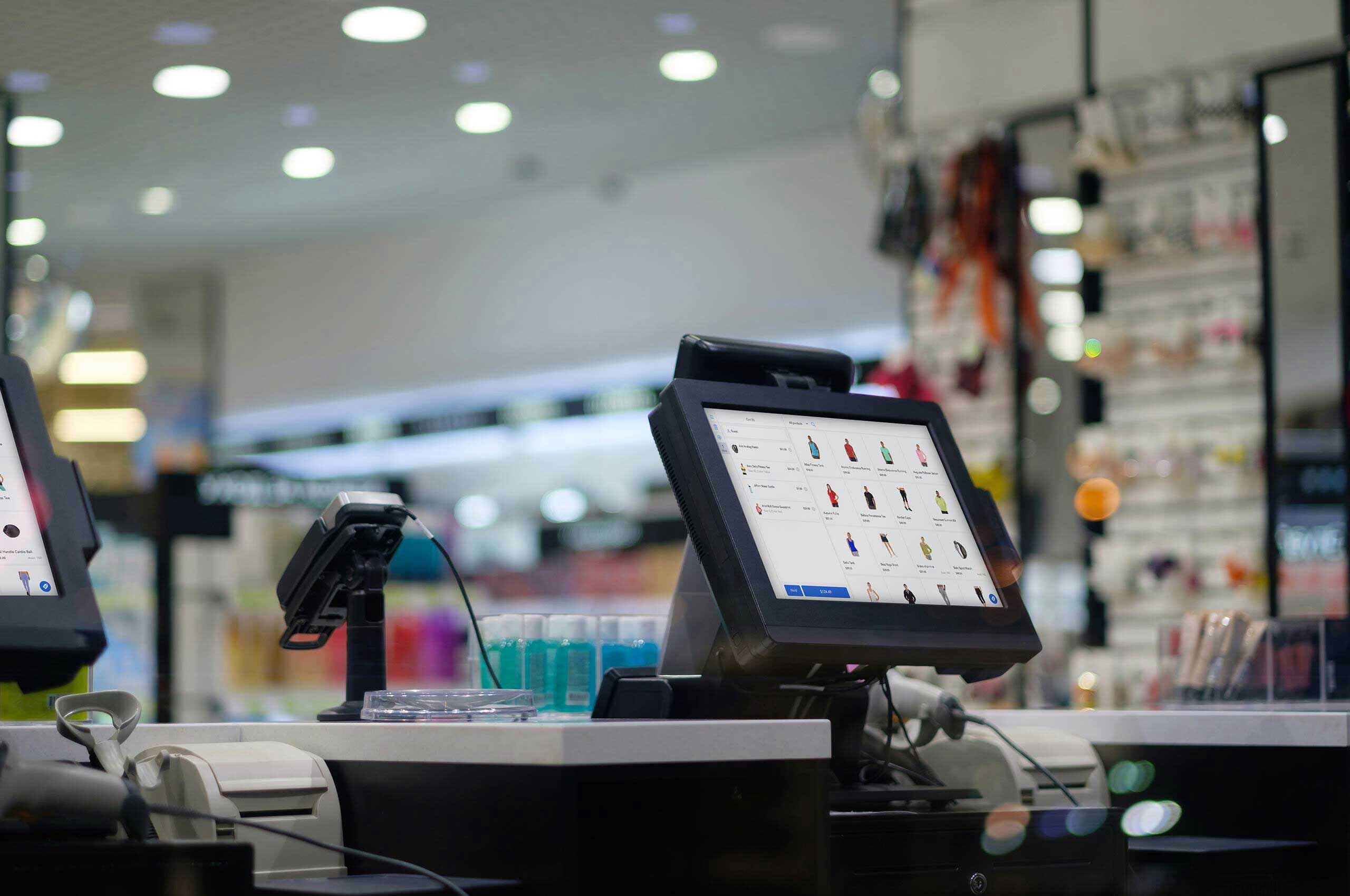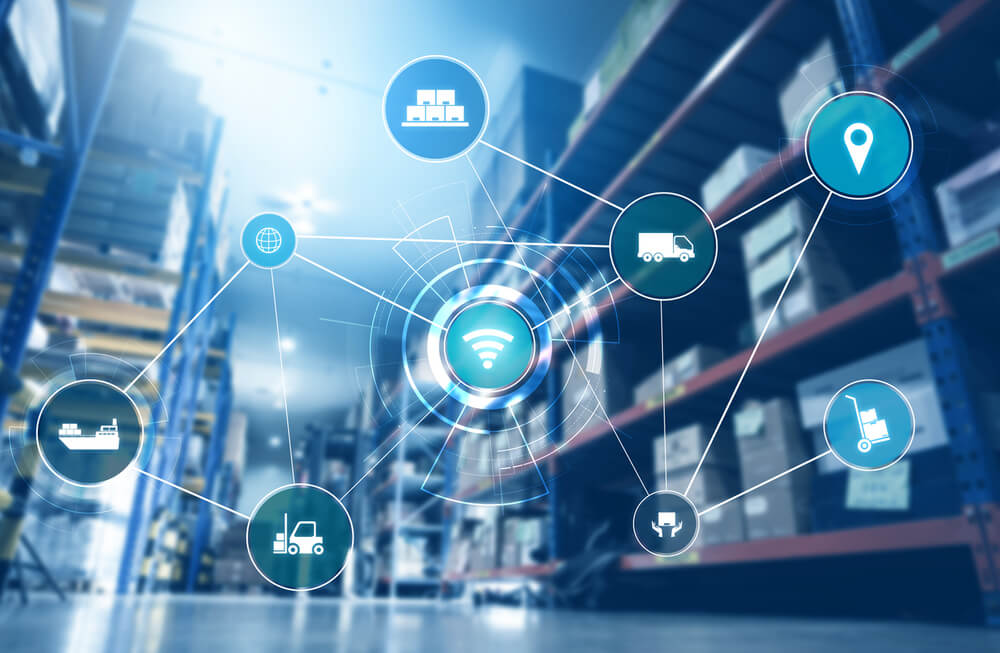Today, a retailer’s ability to provide a superior customer experience has become a competitive advantage. According to a survey from 2016, more than 89% of businesses competed mostly based on customer experience. This number has increased by 36% compared to 4 years ago. Moreover, to grow and attract as many clients as possible, the retail industry today has also expanded to several sales channels. This begs the question of how to enhance the customer experience while managing so many different sales channels. As a result, the omnichannel order management system was developed to handle this retail business scenario.
What is omnichannel order management?

Omnichannel order management describes the procedure of controlling inventory, client orders, online returns, data, and reporting across a variety of sales channels, such as physical locations, websites, social media, and online marketplaces. With a cohesive experience across all sales channels, omnichannel retail aims to meet customers’ expectations about where they can purchase and on their terms.
How does omnichannel order management work?

The omnichannel order management process is almost the same as normal retail order management since it all involves handling and transferring customers’ orders from your place to their hands. In other words, the order management system is the core of omnichannel management.
The difference is that this enterprise order management goes through omnichannel, not just a single channel. To adopt an omnichannel order management system, businesses need to have a unified picture of their customers, order history, and inventory levels across all channels.
The detailed purchasing process with omnichannel order management will be as follows:
- Customers place an order either through the offline store, on a website, mobile app, or other digital sales channels.
- The omnichannel order management system which serves as the principal center for product information across all channels will inform customers of the product availability.
- Customers then make payments in an offline store or through a payment gateway like PayPal, Stripe, Square, etc.
- Retailers can record, locate, and accept orders with the system and send it to the warehouse.
- The product is picked, packed, and shipped. This step can be completed in-house, by a third-party logistics (3PL) provider, or by drop shipping. In case customers want to buy online, pick up in store, the system will locate the closest store for them to pick up their items.
- A refund and return process will be initiated if the customer wants to return the order.
Benefits of omnichannel order management

An omnichannel order management system offers a wide range of advantages. Let’s discuss some main benefits below.
Sell, ship, and return anywhere
Sales and returns can be difficult in larger firms if there is a lot of inventory involved. Thanks to omnichannel order management, you can now easily monitor customers’ order histories and sync inventory in real time across channels. As a result, you will be able to sell finished goods and ship them from any location. Moreover, the solution also makes it simple for customers to return or exchange goods from various channels with a uniform return process.
Keep consistent brand experience
Maintaining a consistent brand experience across channels is a significant advantage as well.
Regardless of how your clients want to shop, you should offer the same brand experience for orders placed in-person, online, and through other channels. This helps increase your brand awareness and boost your customer loyalty in the long run.
Scale operations with ease
When you have a system in place, expanding your operations to include new sales channels is simpler. For instance, incorporating a new sales channel into your present strategy may be preferable to creating one from scratch. Your present business operations, such as inventory management, fulfillment, and shipping, won’t be affected and you can immediately begin selling on the new platform.
Improve logistics
With an OMS, internal logistics operations also get better. You can handle your order, inventory, and returns easily as all of your orders are integrated into one location. To ensure that purchases are filled, dispatched, and returned swiftly and efficiently, the omnichannel solutions offer precise inventory, order, and return data across channels in real time.
Increase customer satisfaction
Making sure that your products are available to customers whenever and wherever they want is crucial to make them happy and to increase sales. To avoid stockouts and minimize backorders, you need to guarantee that every sales channel is using the same inventory data. By enabling inventory, sales, delivery, and return of goods from any location, unified omnichannel order management streamlines the shopping experience and helps boost consumer satisfaction.
Key features of an omnichannel order management system

There are 4 key features of an omnichannel order management system. We’ll explore them one by one in the following.
Inventory visibility
As the inventory data center for a retail company, an order management retail system serves perhaps the most significant function. For the majority of brands, inventory data is dispersed over a number of domains, including the point of sale (POS), warehouse management system (WMS), enterprise resource planning (ERP), etc. The omnichannel order management software combines real-time data from all locations into a single-view dashboard that can be used to decide on the best order fulfillment strategy.
Distributed order management
A contemporary, rule-based order routing engine that can handle distributed order management is another vital element of an omnichannel order management system. Smart order routing—an automated technique that can deal with incoming orders following a set of predetermined rules and assign them to the best-fit fulfillment centers. Order splitting, order merging, drop shipments, pre-orders, backorders, etc. are all edge circumstances that your order routing engine should be able to handle.
Store fulfillment
Brands with physical stores should be able to manage online orders from store inventory with the help of specialized retail fulfillment modules provided by their retail order management system. Pick, pack, and ship features are a crucial set of capabilities in this context since they enable merchants to keep track of order statuses throughout the whole fulfillment and shipment process.
Customer service
Retailers who are offering a seamless customer experience greatly will benefit from having a contemporary omnichannel order management system with a real-time view of inventories. Order cancellations and changes to order details are edge cases that an order management system retail is meant to handle (e.g. a change in shipping address). Throughout the fulfillment process, customers may view accurate projected delivery dates and the status of their orders.
Top 5 omnichannel order management solutions

Software that offers omnichannel order management systems is widely available on the market. But to provide customers with the seamless shopping experience they expect, retail businesses frequently opt for POS or inventory management systems with integrated omnichannel order management functionality. We can list the top 5 omnichannel order management solutions below.
Magestore
Magestore POS system with integrated omnichannel order management is one good suggestion for your business. Your ordering process will be streamlined. You can target more customers across all channels and provide them with a more interesting shopping experience with an omnichannel POS solution. In addition, you can also manage your entire business from a single, intuitive dashboard with the help of consolidated and real-time data.
Quickbook
QuickBooks is also well-known for its omnichannel management features. You will keep track of the inventory and fulfillment process anywhere and at any time. Their order management and fulfillment tools help you directly integrate your sales channels, manage your inventory, ship your orders, and report back on it all. It also makes handling orders so much easier. In addition, this program also offers a wide range of capabilities on a single platform, allowing you to access and complete all of your accounting tasks in one location.
Veeqo
Veeqo is a reputable order management tool that synchronizes your orders across all sales channels including your brick-and-mortar stores, online marketplaces, or eCommerce website. It helps you create shipping labels and send packages to consumers in the U.S. and around the globe with ease. It also provides some additional capabilities for you to manage other operational aspects such as performance reports, warehouse management, store connectivity, simplified bookkeeping, and order management.
ConnectPOS
This is one of the best cloud-based POS systems for omnichannel order management. It can serve as a solid example of real-time synchronization. You can use ConnectPOS to manage your inventory across several stores and warehouses, and get thorough and detailed information instantly.
Netsuite
NetSuite is omnichannel eCommerce software that satisfies the demands of both B2C and B2B companies. They offer a user-friendly device optimization experience that gives customers the confidence to connect with the company from any channel. The finest customer experience is delivered by Netsuite’s B2B solution, which combines B2B experience with B2B expectations.
In short
Understanding what omnichannel order management is, how it functions, and its advantages can help you comprehend why you should adapt this system to support your company. Thanks to omnichannel retailing, consumers can expect flawless shopping experiences shortly that completely meet their diverse range of needs.
Businesses that implement omnichannel retail strategies now will gain a competitive edge and remain relevant to future customer generations who will demand nothing less than perfection. If you are interested to employ one for your business, let’s discuss your ideas with our retail experts.
FAQs
What is omnichannel retail?
Omnichannel retail is defined as the ability to provide a seamless and uniform purchasing experience across channels while taking into account the devices that customers are utilizing to interact with your business.
Omnichannel vs multichannel: what is the difference?
Many people think that omnichannel and multichannel have the same meaning but actually, they are different. Omnichannel solutions are customer-focused, allowing customers to migrate across channels and yet receive the same level of service. On the other hand, multichannel simply refers to operating on several unconnected channels.
For short, an omnichannel approach integrates all of the channels into one, whereas a multichannel strategy just refers to the use of various separate channels to communicate with customers.
How to build your business’s omnichannel strategy?
To develop an omnichannel strategy, first, you must assess your current systems and procedures. Think carefully about where and when your customers interact with your brand and make purchases. You can examine many omnichannel strategy possibilities after you are aware of your organization requirements.
Completing your research and considering your options before purchasing if you want to use an omnichannel order management system, keep in mind the capabilities you require from the program.














